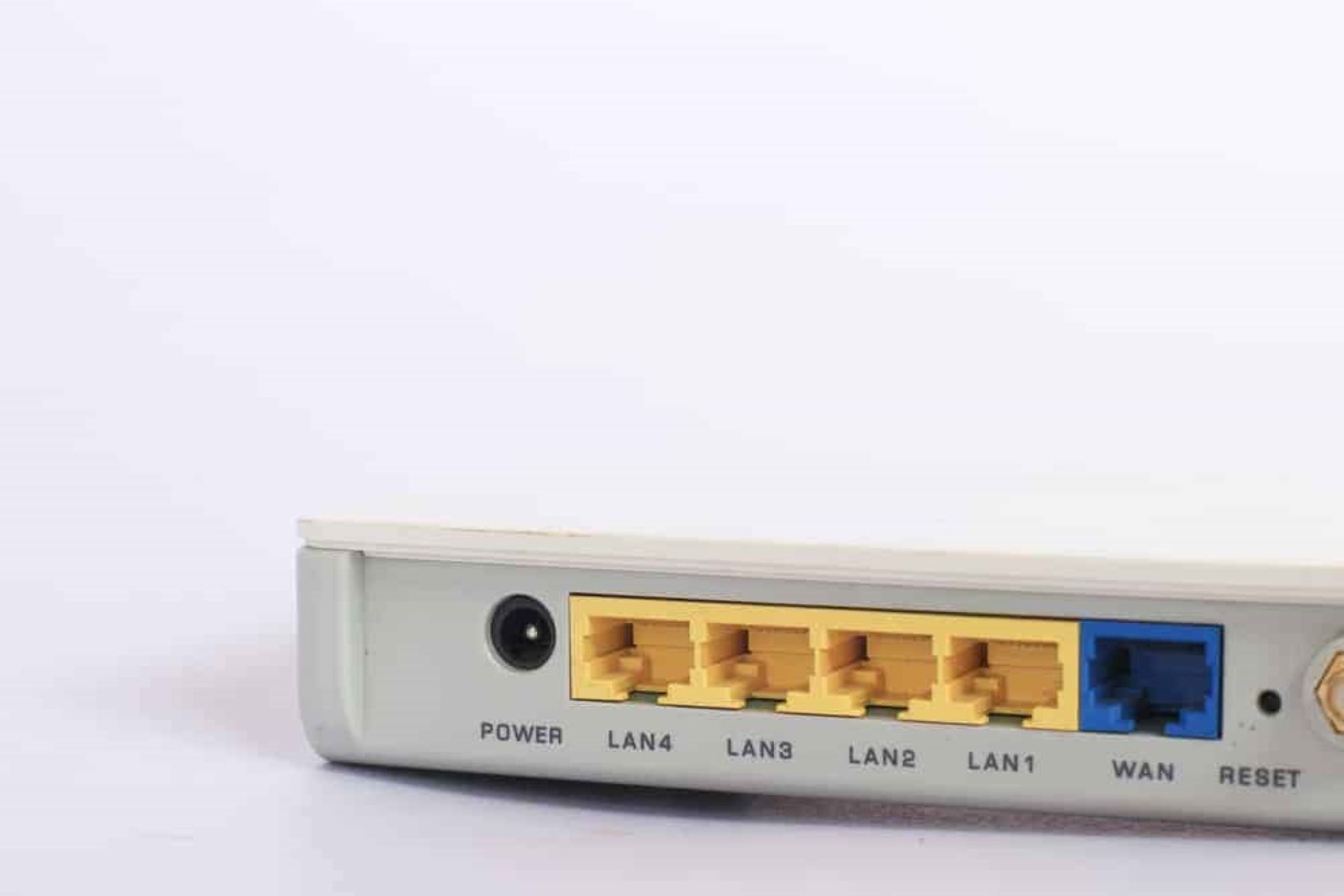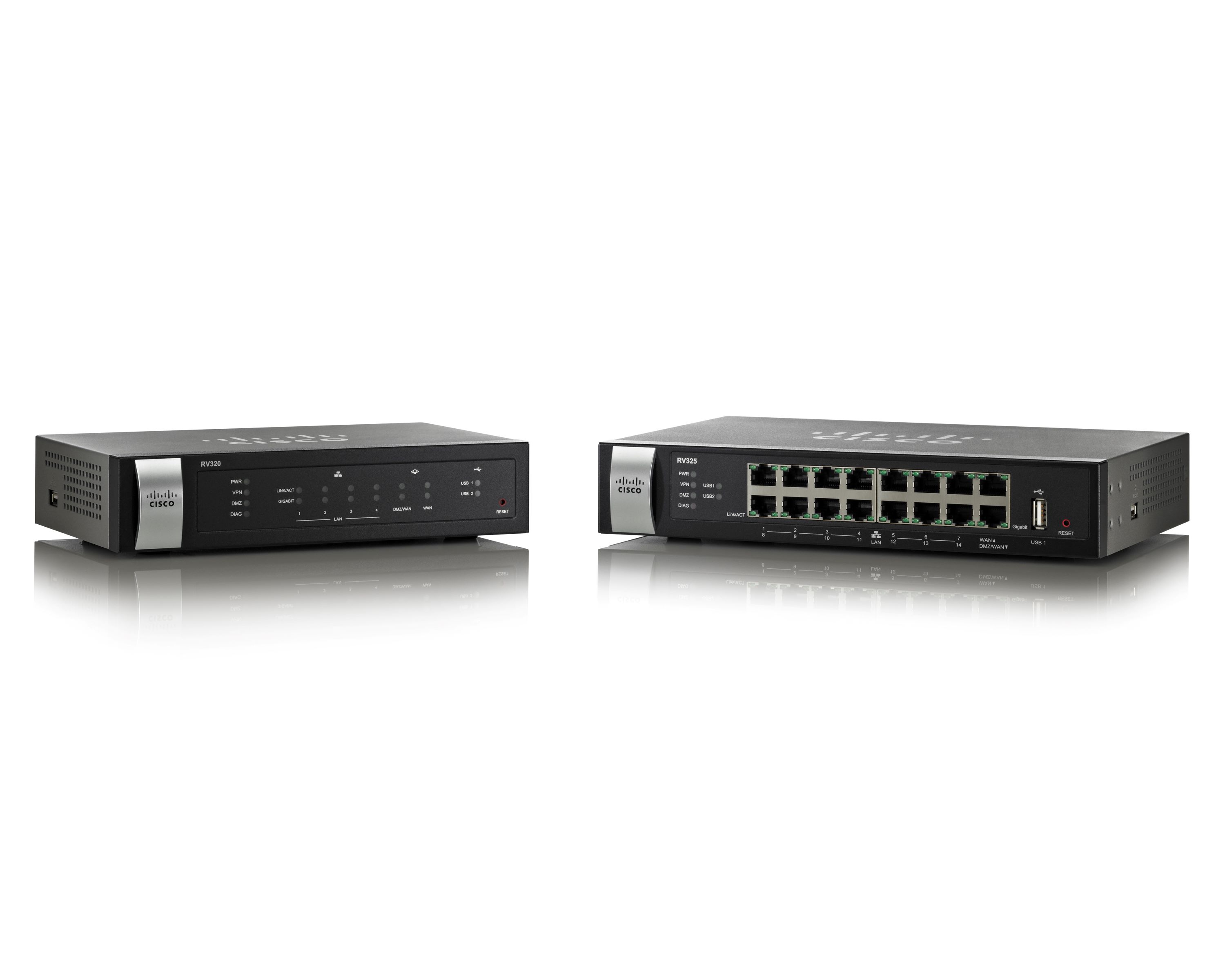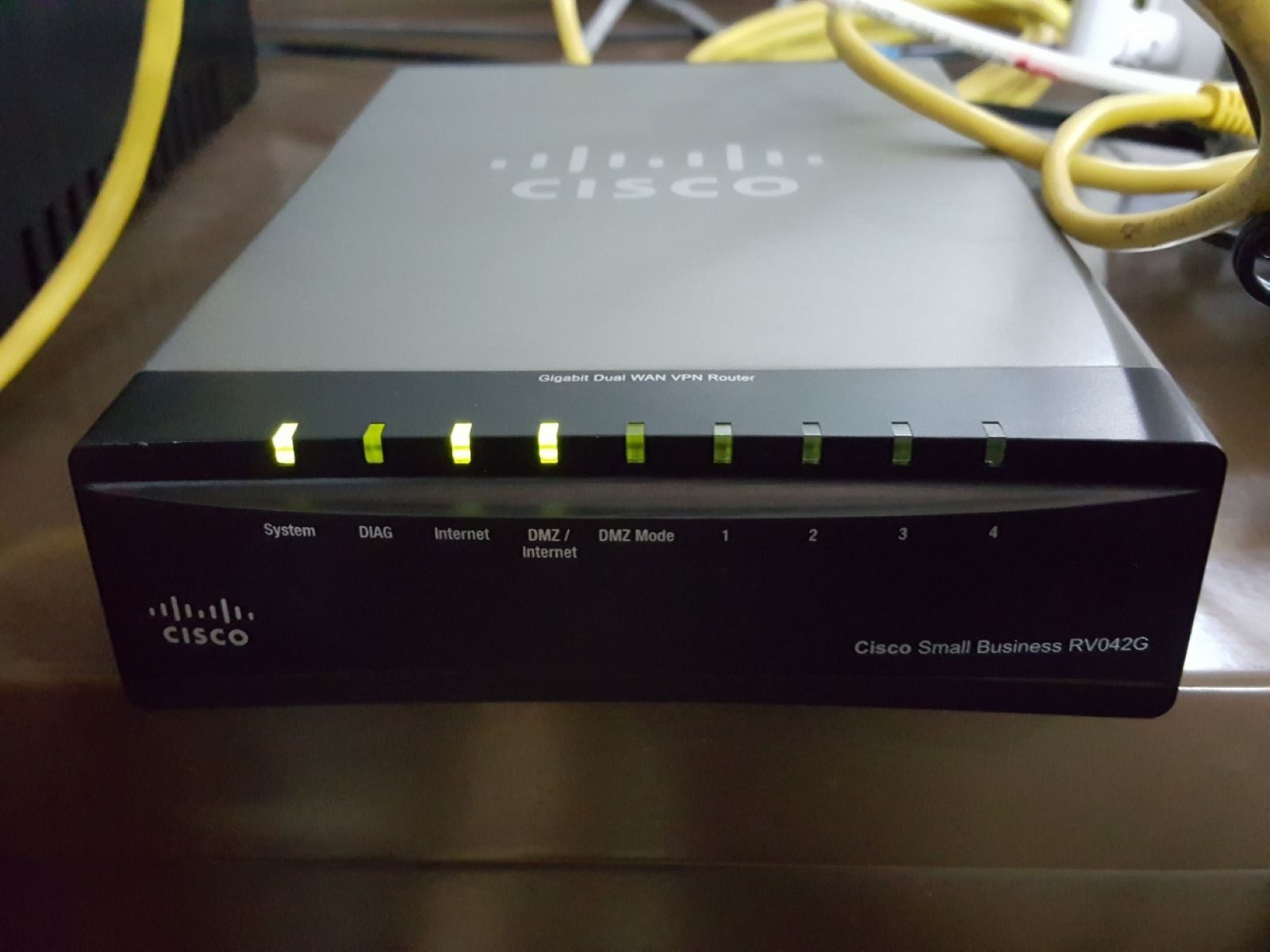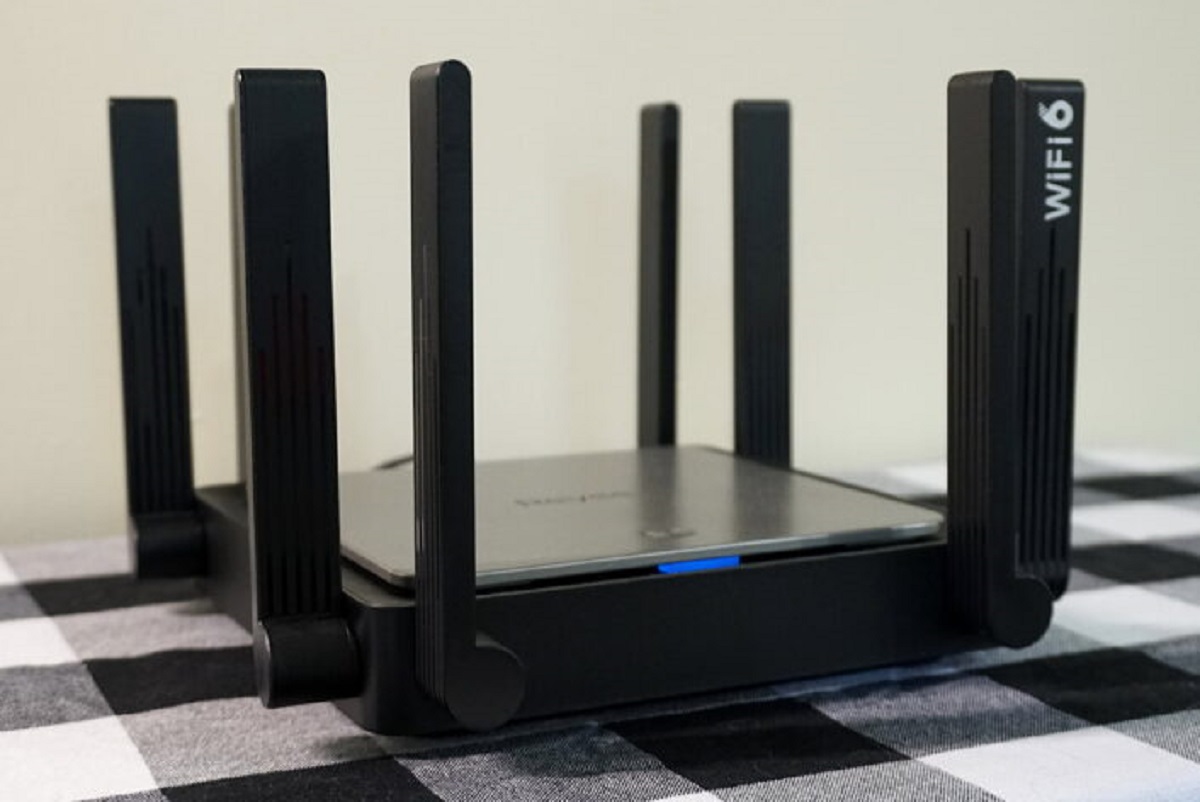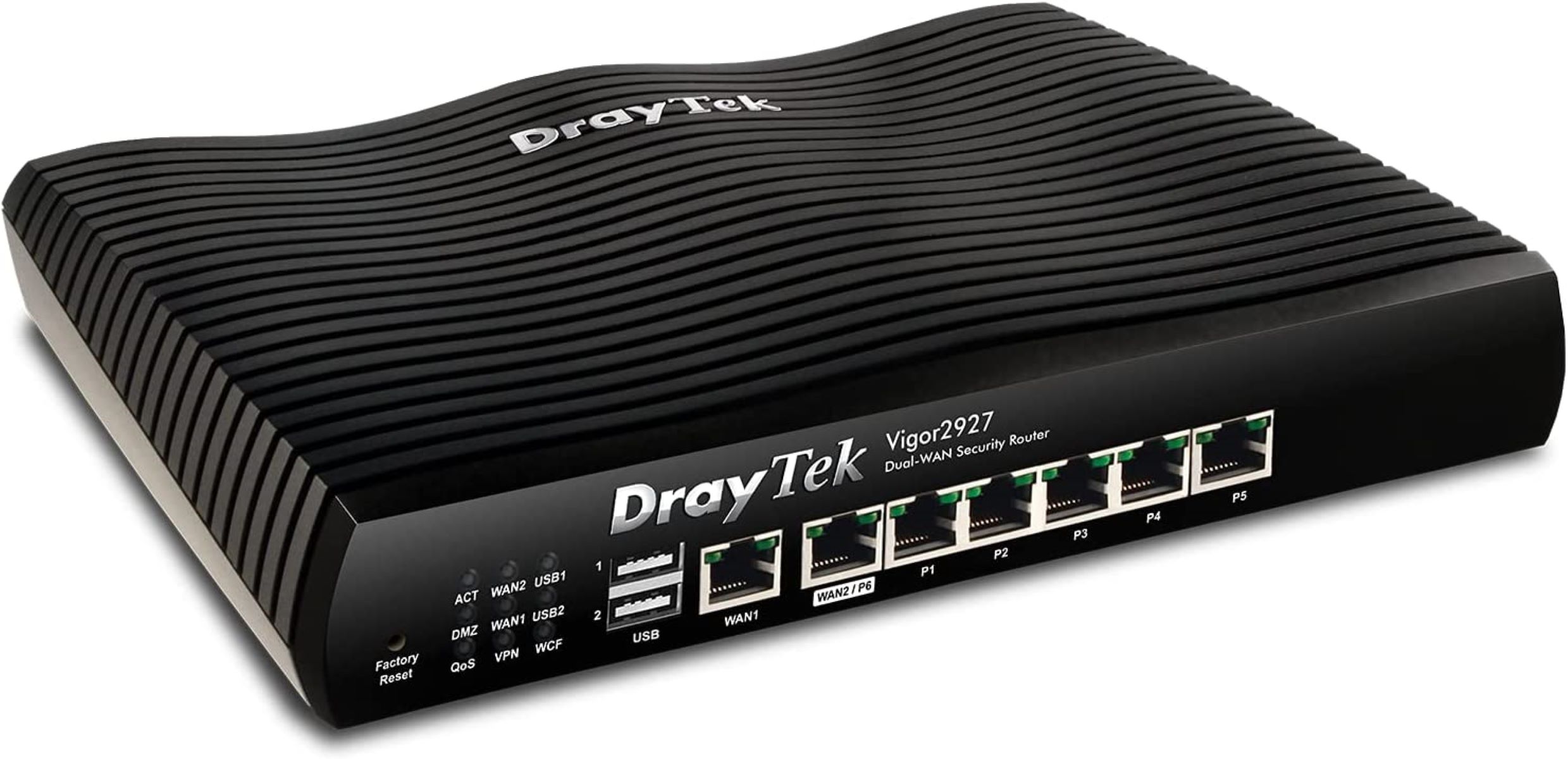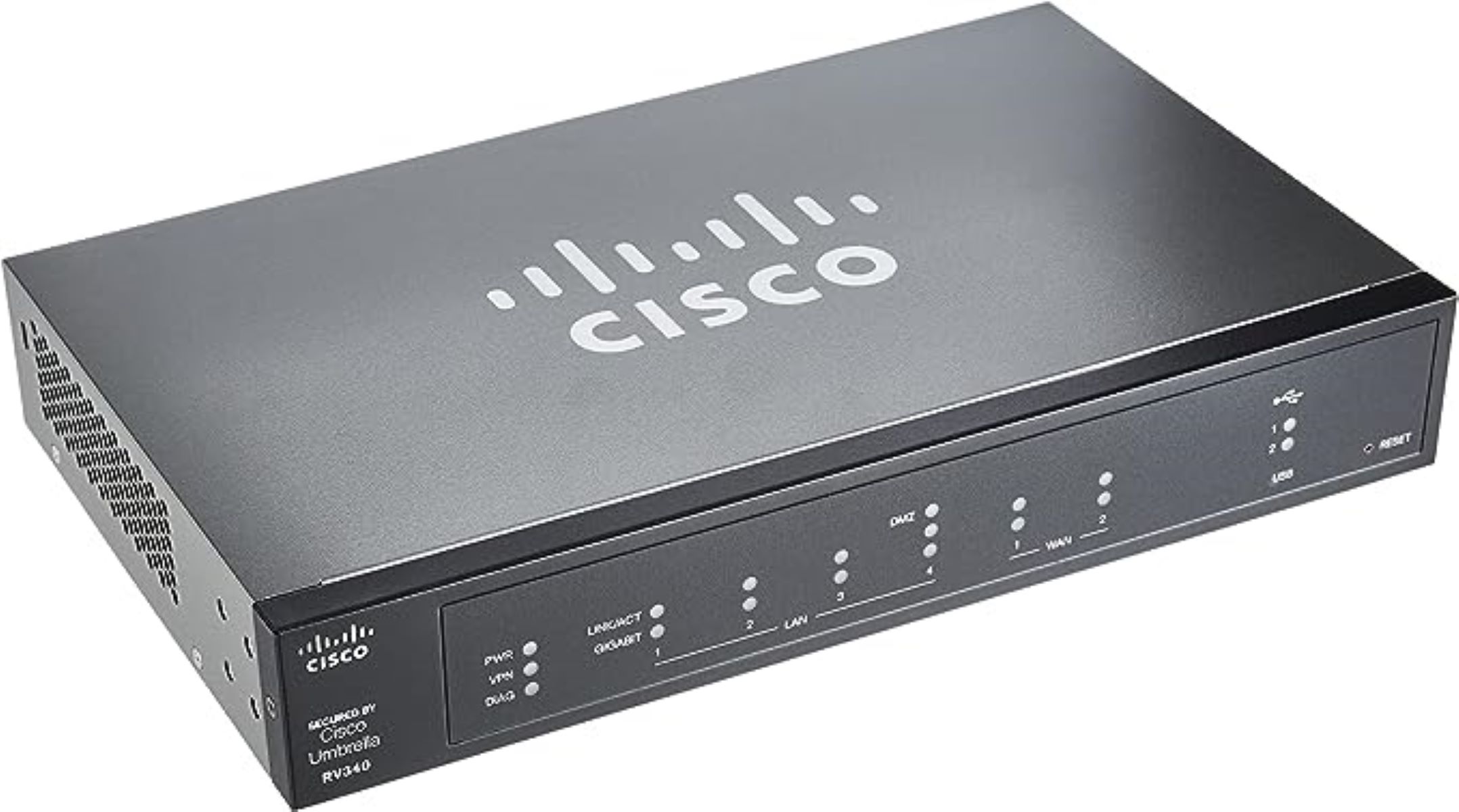Introduction
WAN Ethernet is a widely used technology in the field of networking that enables the seamless connection of devices across a wide area network. It offers a reliable and efficient way to transmit data over long distances, making it an essential component of modern communication infrastructure.
With the rapid advancements in technology and the increasing need for interconnectivity, WAN Ethernet has become a crucial tool for businesses and individuals alike. Whether it’s for enterprise-level networking, remote work, or accessing cloud services, WAN Ethernet plays a vital role in ensuring smooth and reliable communication.
WAN Ethernet stands for Wide Area Network Ethernet, where Ethernet refers to the standard protocol used for transmitting data packets between devices. Unlike Local Area Networks (LANs) that typically operate within a limited geographic area, WANs cover large areas, often spanning across cities, regions, or even countries.
Organizations rely on WAN Ethernet to connect their offices or branch locations, facilitating seamless transfer of data, voice, and multimedia content. It enables efficient collaboration between geographically dispersed teams, making it an invaluable tool for modern businesses.
Moreover, WAN Ethernet serves as the backbone for various internet-based applications and services. It enables high-speed connectivity to cloud computing platforms, hosting services, content delivery networks, and more. This allows businesses to leverage the power of the internet to scale their operations, improve efficiency, and expand their reach to a global audience.
Throughout this article, we will explore the definition, functioning, advantages, and disadvantages of WAN Ethernet. We will also compare it with other WAN technologies, highlight common applications, and shed light on its role in the modern world of networking.
Definition of WAN Ethernet
WAN Ethernet is a networking technology that allows the interconnection of devices over a wide area network using the Ethernet protocol. It extends the reach of Ethernet-based Local Area Networks (LANs) beyond a single location, enabling seamless communication and data transfer between geographically dispersed sites.
Ethernet, the underlying protocol of WAN Ethernet, is a widely adopted standard for wired local network connections. It defines the rules for transmitting data packets over physical cables, such as copper or fiber-optic cables. By utilizing Ethernet in a wide area network setting, WAN Ethernet enables devices in different locations to communicate with each other efficiently.
Unlike LAN Ethernet, which is typically confined within a single building or campus, WAN Ethernet spans across large distances. It connects geographically distant sites, such as branch offices, data centers, or remote workstations, into a unified network.
WAN Ethernet networks are often deployed using dedicated leased lines or virtual private network (VPN) connections. This allows for secure and private communication between sites, ensuring the confidentiality of data transmitted over the network.
One of the key features of WAN Ethernet is its ability to transmit data at high speeds, thanks to the advancements in Ethernet technology. With the advent of Gigabit and 10 Gigabit Ethernet, WAN Ethernet networks can achieve fast data transfer rates, ensuring efficient communication between sites.
Overall, the definition of WAN Ethernet revolves around extending the reach of Ethernet-based LANs over wide areas, enabling efficient and secure communication between geographically dispersed sites. It provides the foundation for reliable connectivity, allowing businesses to operate seamlessly across multiple locations.
How WAN Ethernet Works
WAN Ethernet operates by establishing connections between different network devices across a wide area network. It follows a layered approach, with the Ethernet protocol functioning at the Data Link layer of the OSI model.
When transmitting data over a WAN Ethernet network, the data is divided into packets at the sender’s end. Each packet contains the source and destination addresses, as well as the actual data payload. These packets are then encapsulated within Ethernet frames, which include additional information such as the MAC (Media Access Control) addresses of the sender and receiver.
The Ethernet frames are then transmitted over the WAN using various transmission mediums, such as leased lines, fiber-optic cables, or even wireless connections. These transmission mediums ensure that the Ethernet frames can travel long distances without losing data or suffering from significant degradation.
At each network device along the WAN path, such as routers or switches, the Ethernet frames are received, analyzed, and forwarded towards their intended destination. These devices use routing tables and protocols to determine the most efficient path for forwarding the packets. They also handle any necessary protocol conversions or encapsulation/decapsulation processes to ensure compatibility between different network technologies used within the WAN.
Once the Ethernet frames reach the destination site, they are received by the receiving device. The device then extracts the packets from the frames and processes the data accordingly. This may involve further routing within the destination LAN or delivering the packets to the intended application or service.
Throughout the entire process, WAN Ethernet ensures reliable and efficient data transfer by implementing error detection and correction mechanisms. These mechanisms help in detecting and correcting any errors that may have occurred during the transmission, ensuring that the data arrives intact and accurate at the receiving end.
Overall, WAN Ethernet works by encapsulating data into Ethernet frames, transmitting them across the WAN, and then extracting and processing the packets at the destination site. It utilizes routers, switches, and other network devices to facilitate the efficient routing and delivery of data between different locations.
Advantages of WAN Ethernet
WAN Ethernet offers a range of advantages that make it a preferred choice for businesses and organizations seeking reliable and efficient wide area network connectivity. Here are some key advantages of WAN Ethernet:
- High Speed: WAN Ethernet provides high-speed data transfer rates, allowing for the rapid transmission of large volumes of information between geographically dispersed sites. This enables real-time collaboration, faster file transfers, and improved communication efficiency.
- Reliability: WAN Ethernet is known for its reliability. It offers robust error detection and correction mechanisms, ensuring the integrity of data during transmission. Additionally, Ethernet technology has a proven track record of stability and longevity, making it a dependable choice for critical business operations.
- Scalability: WAN Ethernet networks can easily scale to accommodate an organization’s growing needs. With the availability of Gigabit and 10 Gigabit Ethernet, businesses can increase bandwidth capacity as their data requirements expand, without the need for significant infrastructure changes.
- Wide Compatibility: WAN Ethernet is highly compatible with existing network infrastructure and devices. It can seamlessly integrate with LAN Ethernet networks, allowing for easy expansion and connectivity between remote sites. This compatibility reduces the complexity and cost associated with adopting new networking technologies.
- Flexibility: WAN Ethernet offers flexibility in terms of deployment options. It can be implemented using various transmission mediums, such as leased lines, fiber-optic cables, or wireless connections. This flexibility allows organizations to choose the most suitable and cost-effective solution based on their specific requirements and geographic locations.
- Cost-Effective: WAN Ethernet provides a cost-effective solution for wide area network connectivity. Compared to alternatives such as dedicated leased lines or MPLS (Multiprotocol Label Switching), Ethernet-based solutions are often more affordable while offering similar or better performance.
These advantages have made WAN Ethernet a popular choice for businesses of all sizes. It enables seamless communication, data sharing, and collaboration between geographically dispersed locations, contributing to improved operational efficiency and productivity.
Disadvantages of WAN Ethernet
While WAN Ethernet offers numerous benefits, there are also some disadvantages that organizations should consider when implementing wide area network connectivity. It is important to be aware of these limitations in order to make informed decisions regarding network architecture. Here are some key disadvantages of WAN Ethernet:
- Distance Limitations: WAN Ethernet is subject to distance limitations. As the distance between network devices increases, the signal strength may degrade, leading to slower data transfer rates or potential data loss. This can be mitigated by using signal repeaters or amplifiers, but it adds complexity and cost to the network infrastructure.
- Latency: Latency refers to the delay experienced when data is transferred between network devices. In WAN Ethernet implementations, latency can be higher compared to LAN Ethernet due to the longer distances and the routing involved. This can affect real-time applications, such as video conferencing or online gaming, where low latency is crucial.
- Dependency on Service Providers: WAN Ethernet relies on service providers to establish and maintain the connectivity between different sites. Organizations may have limited control over the quality of service and performance offered by the service provider. Downtime or service interruptions from the service provider can negatively impact the organization’s operations.
- Cost of Implementation: While WAN Ethernet can be cost-effective compared to some alternatives, it still requires upfront investment in network infrastructure. This includes network devices, cables, and potentially leased lines or VPN connections. The initial setup cost and ongoing maintenance expenses associated with WAN Ethernet should be carefully evaluated before implementation.
- Complexity: Implementing and managing a WAN Ethernet network can be complex, especially for organizations with multiple sites or distributed teams. Proper network design, configuration, and troubleshooting may require expertise and specialized resources. This complexity can increase the cost and complexity of IT operations.
- Security Considerations: WAN Ethernet, especially when transmitted over the public internet, raises security concerns. Data transmitted over a WAN Ethernet network is susceptible to interception and unauthorized access if proper security measures, such as encryption and firewalls, are not in place. Organizations must implement robust security measures to protect sensitive information.
Despite these disadvantages, WAN Ethernet remains a widely adopted technology due to its overall reliability, speed, and compatibility. Organizations must evaluate their specific requirements and weigh the advantages and disadvantages before choosing WAN Ethernet as their wide area network solution.
Comparison with Other WAN Technologies
When considering wide area network (WAN) connectivity options, it’s essential to compare WAN Ethernet with other available technologies to determine the most suitable solution for specific requirements. Here, we will highlight the key differences between WAN Ethernet and other commonly used WAN technologies:
- Traditional Leased Lines: Compared to traditional leased lines, WAN Ethernet offers greater flexibility and cost-effectiveness. Leased lines require dedicated point-to-point connections, resulting in higher costs and limited scalability. In contrast, WAN Ethernet can leverage existing infrastructure and provide scalable bandwidth options, making it more adaptable to evolving business needs.
- Multiprotocol Label Switching (MPLS): MPLS is another popular WAN technology that uses packet-switching instead of circuit-switching. While MPLS offers guaranteed quality of service and improved security, it can be more expensive and less flexible than WAN Ethernet. MPLS routers and infrastructure require additional setup and maintenance costs, whereas WAN Ethernet can use existing Ethernet equipment, reducing overall expenses.
- Virtual Private Networks (VPNs): VPNs provide secure connections over public networks, such as the internet. While they offer cost-effective and flexible connectivity options, VPNs may suffer from performance limitations and higher latency compared to WAN Ethernet. Additionally, VPN configurations and maintenance can be complex, requiring IT expertise to ensure proper security measures.
- Wireless WAN: Wireless WAN technologies, such as cellular networks (3G, 4G, and 5G), offer mobility and quick deployment options for remote locations. However, wireless WAN solutions are often subject to signal interference, limited coverage, and potential bandwidth limitations. WAN Ethernet has the advantage of higher bandwidth, reliability, and lower latency, making it a preferred choice for high-demand applications.
- Fiber-optic Networks: Fiber-optic networks provide high-speed, reliable, and secure connectivity for WANs. While both WAN Ethernet and fiber-optic networks offer similar advantages, such as speed and reliability, the key difference lies in the physical medium used. Fiber-optic networks utilize fiber-optic cables, which offer higher bandwidth and longer distances than traditional Ethernet cables. However, implementing fiber-optic networks can be more costly and require specialized infrastructure.
When comparing WAN Ethernet with other WAN technologies, it is crucial to consider factors such as cost, scalability, performance, security, and specific application requirements. Each technology has its own strengths and weaknesses, and the choice depends on the organization’s priorities and budget.
Overall, WAN Ethernet stands out for its cost-effectiveness, flexibility, compatibility, and widespread adoption. It offers a solid combination of performance, scalability, and reliability, making it a versatile and reliable choice for a wide range of WAN deployments.
Common Applications of WAN Ethernet
WAN Ethernet finds numerous applications across various industries and organizations, thanks to its reliable and high-speed connectivity. Here are some common applications where WAN Ethernet plays a critical role:
- Enterprise Networks: WAN Ethernet is widely used in large enterprises to connect multiple branch offices, headquarters, and data centers. It establishes a unified network infrastructure, enabling seamless communication, data sharing, and collaboration between geographically dispersed locations.
- Cloud Connectivity: WAN Ethernet provides a crucial link between businesses and cloud computing platforms. It allows organizations to connect securely to public, private, or hybrid cloud environments, enabling them to leverage cloud services for storage, computing, backup, and disaster recovery.
- Data Replication and Backup: WAN Ethernet facilitates efficient data replication and backup processes between sites. It ensures the timely and secure transfer of critical data to remote locations or centralized data centers, ensuring business continuity and data redundancy.
- Remote Workforce Support: With the rise of remote work, WAN Ethernet is essential for connecting remote workers to the corporate network. It allows employees to access vital resources, such as files, applications, and collaboration tools, from any location, increasing productivity and flexibility.
- Video Conferencing and Unified Communications: WAN Ethernet enables high-quality, real-time video conferencing and unified communications across different locations. It ensures smooth transmission of audio, video, and other multimedia content, facilitating efficient remote meetings, collaboration, and customer interactions.
- Infrastructure Sharing: WAN Ethernet enables the sharing of common infrastructure resources among multiple organizations or tenants. For example, in co-working spaces or multi-tenant buildings, WAN Ethernet allows different businesses to share a single network infrastructure while maintaining secure and segregated connectivity.
- Internet Access: WAN Ethernet is often used to provide high-speed and reliable internet access to businesses and organizations. It allows them to connect to internet service providers (ISPs) and access online resources, cloud services, and web-based applications, supporting day-to-day operations and digital interactions.
- Education and Research Networks: WAN Ethernet plays a vital role in connecting educational institutions, research facilities, and libraries. It enables seamless data sharing, collaboration, and access to online resources, supporting learning, research, and knowledge dissemination.
These are just a few examples of the diverse applications of WAN Ethernet. Its versatility, speed, and reliability make it an integral part of modern networking infrastructures, empowering organizations to connect and collaborate across geographically dispersed locations.
Conclusion
WAN Ethernet is a fundamental technology that enables seamless wide area network connectivity, connecting devices and locations across large distances. Its high-speed data transfer, reliability, and compatibility have made it a preferred choice for businesses and organizations worldwide.
In this article, we explored the definition of WAN Ethernet, its functioning, advantages, and disadvantages. We compared WAN Ethernet with other WAN technologies such as traditional leased lines, MPLS, VPNs, wireless WAN, and fiber-optic networks. Each technology offers unique features, and the choice depends on specific requirements and priorities.
We also highlighted the common applications of WAN Ethernet in enterprise networks, cloud connectivity, data replication and backup, remote workforce support, video conferencing and unified communications, infrastructure sharing, internet access, and education and research networks.
WAN Ethernet provides a reliable and efficient solution for connecting geographically dispersed sites, facilitating seamless communication, data sharing, and collaboration. It offers scalability, cost-effectiveness, and compatibility, making it a versatile choice for businesses of all sizes.
However, it is essential to consider the limitations of WAN Ethernet, such as distance constraints, latency, dependency on service providers, implementation costs, complexity, and security considerations. Organizations should carefully evaluate these factors to make informed decisions when implementing wide area network connectivity.
In conclusion, WAN Ethernet continues to play a crucial role in modern networking infrastructure. With its ability to provide fast, reliable, and secure connectivity, WAN Ethernet empowers organizations to connect and collaborate across multiple locations, driving productivity, efficiency, and growth.







